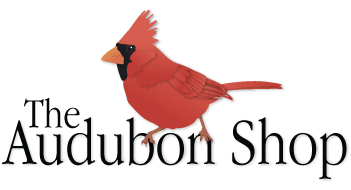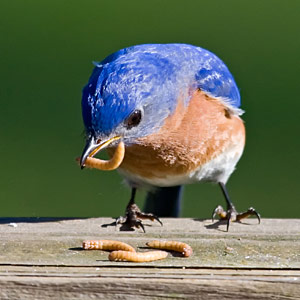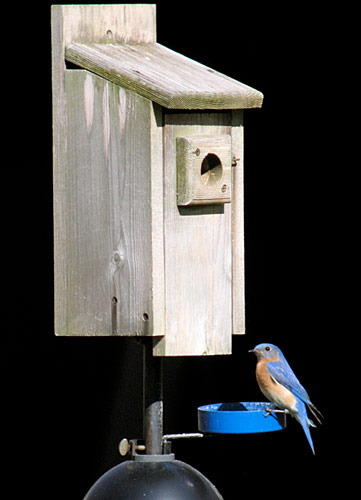How to Attract Eastern Bluebirds to Your Yard
In terms of beauty and tameness, the Eastern Bluebird (Sialis sialis) has few rivals. During the first three quarters of the last century, their numbers greatly declined, due to the loss of open-field habitat and the ill-advised introduction of the House Sparrow (1851) and the European Starling (1890), both formidable nest competitors. Today, because of pro-active human landlords providing and monitoring nest boxes, the comeback of the Eastern Bluebird is nothing short of remarkable. As recently as the late 1980s, it had been possible for one person alone to monitor all known bluebird nests in the towns of Clinton, Killingworth, Madison, Guilford, and Branford! Today, hundreds of our customers are successful Eastern Bluebird landlords and we happily explain to you in this blog post how to attract Eastern Bluebirds to your yard.
One of the best ways to attract Bluebirds to your yard is by providing a suitable nesting box. In the wild, Bluebirds will nest in cavities that have been excavated by woodpeckers, or develop in a tree due that may be rotting. A nesting box mimics the dimensions of a cavity that a Bluebird prefers in the wild. Whether it’s wood or recycled poly-lumber, the size of the entrance hole and the length, width and height of the cavity matter. Placement on a metal pole at a height of 4-6 feet off the ground is preferable because you can easily monitor the box (cleaning it out after every brood is essential) and you may also place a baffle on the pole to deter predators (Raccoons and snakes, mainly).
Bluebirds begin to nest in early- to mid-April, when the weather can still be wet and cold, and have typically two, but up to three broods per year. Typically they lay 4 to 5 eggs (one per day), but the oft-adverse weather conditions can make it difficult for bluebirds to earn a living, hawking insects from the lawn. Consequently, it’s unusual for a pair to fledge a full brood in April.
We have been able to help our Eastern Bluebirds fledge a brood in April by offering mealworms as a supplement. Mealworms are not really worms at all, but are the larval form of the Darkling Beetle (Tenebrio molitor). They are clean (dry), do not carry human diseases, and most importantly are a nutritious food supplement readily accepted by bluebirds. Having sold mealworms for years, we’ve seen their popularity take off, especially with the Eastern Bluebird aficionados.
By adding a nesting box and offering mealworms during April, May or June, you may be able to attract Eastern Bluebirds to your yard.


